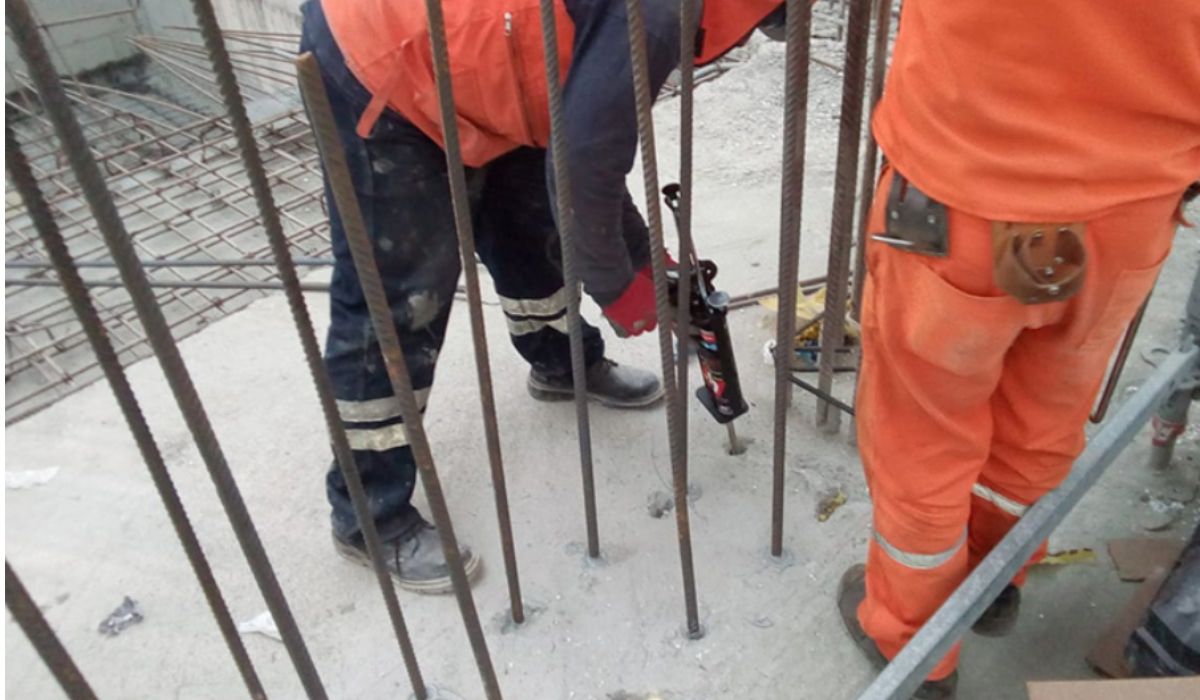Introduction:
Did you know that Transfield has played a pivotal role in shaping Australia’s infrastructure landscape since its inception in 1956? This company has been involved in numerous projects that have transformed cities and boosted economic growth. In this article, we will explore Transfield historical milestones, focusing specifically on the iconic Melbourne City Link project. This ambitious initiative not only improved transportation in Melbourne but also set new standards in engineering and urban planning.
Section 1: Transfield: A Brief Overview
Company History
Transfield was founded in 1956 in Sydney, Australia, by Italian immigrants Franco Belgiorno-Nettis and his partner. Initially focused on civil engineering and construction, the company quickly expanded its capabilities and scope of work. Over the years, it has achieved several key milestones, including:
- Major Infrastructure Projects: Successful completion of large-scale projects, such as highways, bridges, and tunnels.
- International Expansion: Transfield has ventured into international markets, establishing a presence in various countries.
- Innovation and Technology: The company has consistently embraced new technologies and methods, enhancing its project delivery.
Transfield’s corporate philosophy emphasizes integrity, innovation, and excellence. These values guide the company’s approach to every project, ensuring quality and sustainability.
Transfield’s Role in Australian Infrastructure
Transfield has significantly impacted Australia’s infrastructure, particularly in transportation and urban development. Some major projects include:
- Westlink M7: A key component of Sydney’s road network.
- Eastern Distributor: Enhancing traffic flow in Sydney’s central business district.
- Melbourne’s Docklands: Revitalizing a once-neglected area into a thriving urban hub.
Through these projects, Transfield has improved connectivity and accessibility, fostering economic growth and community well-being.
Section 2: Melbourne City Link: A Landmark Project
Project Background
The Melbourne City Link project was conceived to alleviate traffic congestion and improve transportation in the city. Its primary objectives included:
- Connecting Major Freeways: Integrating the West Gate Freeway, Tullamarine Freeway, and Eastern Freeway.
- Reducing Travel Times: Providing quicker access to the city’s central business district.
- Promoting Public Transport: Encouraging the use of public transport through better connectivity.
However, the project faced numerous challenges, including environmental concerns, community opposition, and the complexity of construction in an urban setting.
Transfield’s Involvement
Transfield played a crucial role in the Melbourne City Link project, contributing to various aspects:
- Design and Planning: Collaborating with government authorities and stakeholders to finalize project plans.
- Construction Management: Overseeing the construction process, ensuring it met deadlines and quality standards.
- Innovation: Implementing advanced engineering solutions to navigate the challenges of urban construction.
Key Features and Innovations
Melbourne City Link is known for its unique aspects and technological advancements:
- Road Tunnels: The construction of tunnels allowed for reduced surface congestion.
- Smart Traffic Management: The integration of advanced traffic management systems optimized vehicle flow.
- Environmental Considerations: Measures were taken to minimize the project’s environmental footprint, including noise reduction strategies and green spaces.
Section 3: Historical Milestones of the Project
Planning and Design Phase
The planning and design phase of Melbourne City Link involved extensive public consultations and community engagement. Key activities included:
- Public Workshops: Engaging the community to gather feedback and address concerns.
- Environmental Impact Assessments: Conducting thorough assessments to understand the project’s potential environmental effects.
- Innovative Design Selection: Choosing construction methods that balanced efficiency and sustainability.
Construction Phase
The construction of Melbourne City Link marked several significant milestones:
- Groundbreaking: The official start of construction took place in 1996, setting the stage for a transformative project.
- Major Milestones: Completion of critical components, such as the tunnels and road connections, were achieved on schedule.
- Challenges and Solutions: The team encountered unexpected geological conditions and traffic disruptions, but innovative problem-solving ensured progress.
Safety measures and sustainability initiatives were paramount throughout the construction phase, demonstrating Transfield’s commitment to responsible development.
Completion and Opening
The final stages of construction culminated in the official opening of Melbourne City Link in 2001. Highlights included:
- Official Ceremony: A grand opening event celebrated the completion, attended by government officials and community members.
- Public Response: The project received positive feedback for its impact on reducing congestion and improving urban mobility.
- Impact on Melbourne: The City Link project significantly changed Melbourne’s transport landscape, enhancing connectivity and accessibility.
Section 4: Legacy and Impact of Melbourne City Link
Economic Benefits
The Melbourne City Link project has generated substantial economic benefits:
- Job Creation: Thousands of jobs were created during the construction phase, boosting the local economy.
- Economic Growth: Improved transportation links have facilitated business operations and attracted investments.
- Tourism: Easier access to the city has enhanced Melbourne’s appeal as a tourist destination.
Social Benefits
Beyond economic advantages, the project has delivered significant social benefits:
- Quality of Life: Residents enjoy reduced commute times, making daily life more manageable.
- Reduced Congestion: Traffic congestion has decreased, resulting in more efficient transport.
- Pollution Reduction: The project has contributed to lower vehicle emissions, improving air quality.
Environmental Impact
Transfield prioritized sustainability in the Melbourne City Link project. Key measures included:
- Green Spaces: Creating parks and green areas along the route contributed to urban aesthetics and biodiversity.
- Sustainable Practices: The implementation of eco-friendly construction methods minimized the environmental impact.
- Long-Term Benefits: Ongoing initiatives ensure the project continues to benefit the environment in the future.
YOU MAY ALSO LIKE: Поррозаб: A Journey Through History and Culture
Section 5: Conclusion
Transfield’s historical milestones, particularly its involvement in the Melbourne City Link project, illustrate the company’s significant impact on Australia’s infrastructure development. Through innovative engineering and a commitment to sustainability, Transfield has helped reshape urban landscapes, enhance economic growth, and improve the quality of life for residents. As cities continue to grow, the lessons learned from projects like Melbourne City Link will undoubtedly influence future infrastructure endeavors.
FAQs
What is the Melbourne City Link?
The Melbourne City Link is a major infrastructure project that connects key freeways to reduce traffic congestion and improve access to Melbourne’s CBD.
What role did Transfield play in the Melbourne City Link?
Transfield was responsible for the design, construction, and management of the project, implementing innovative solutions to overcome challenges.
What were some challenges faced during the Melbourne City Link project?
The project faced challenges such as community opposition, environmental concerns, and complex urban construction logistics.
How has the Melbourne City Link impacted the economy?
The project has generated jobs, improved business operations, and enhanced tourism, contributing significantly to Melbourne’s economic growth.
What sustainability measures were taken during the project?
Sustainable practices included creating green spaces, reducing emissions, and using eco-friendly construction methods.





